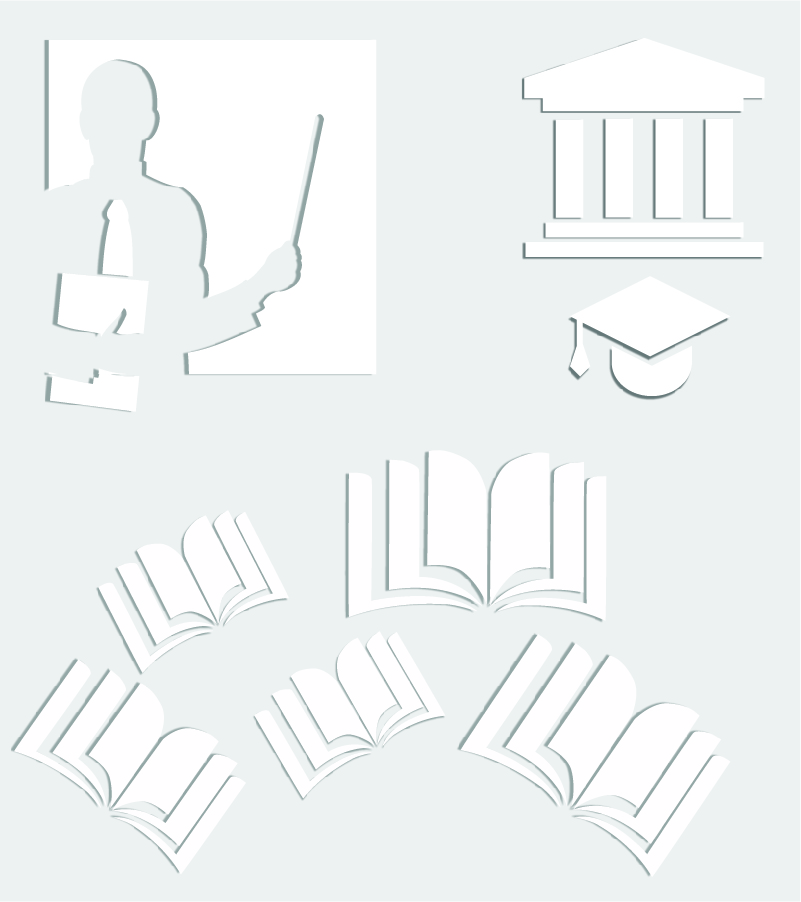Exchange programmes
About the Faculty
Studies
| Subject: Information Systems Integration
(14 -
IZMO03) Basic Information
Native organizations units
Course specification
Course is active from 19.02.2014.. The goal of course is learning students about basic concepts and principles of Enterprise Application Integration (EAI), Enterprise Architecture (EA) and their usage in Cloud Computing technologies. Students will also be trained for mastering the methods, techniques and tools for analysis and implementation on such solutions in business. After completion of the course and passing the exam, students will be able to implement integration project patterns during the integration of distributed and heterogeneous enterprise information systems, as well as cloud computing solutions. The acquired knowledge rely on SOA concepts and XML technologies. This course will cover the following areas: MoM (Messaging Oriented Middleware), EA (Enterprise Architecture) and Cloud Computing. MoM area covers: Introduction to information systems integration (A2A, B2B, BPM, SOA). Message systems, integration patterns and concepts: message channels (point-to-point, publish-subscriber, bridge...), transformations (Envelope, Canonic Data Model...), validation, routing (selectors, filters, splitters, brokers...), security mechanisms, rules. Message structures (Request-Reply, Fire-and-Forget, Event, Correlation ID...). Systems and transport protocols for integrations (JMS, SOAP, Filesystem, JDBC, FTP, mails, EJB...). Message flows (synchronous, asynchronous). ESB (Enterprise Service Bus) concepts: endpoints, adapters, components, logging, monitoring. The use of Java platform and Spring libraries during the information systems integration. Comparison and introduction to Open Source (Mule, Apache ServiceMix, Apache Camel...) and commercial (Oracle Fusion, TIBCO BW...) solutions in the field of integration. Examples of information systems integration in practice (telecommunications, banking, wholesales...). EA area covers: TOGAF ADM (Architecture Development Method), the vision of architecture, business, IT, Data, applicational, technological and other architectures. Reference TOGAF model. Cloud Computing covers: business cloud models (IaaS, PaaS, SaaS), examples of cloud solutions of enterprise information systems (ERP, CRM, DMS, GIS, HRM...). Teaching activity includes lectures with the practice examples, computer laboratory exercises and consultations. Students solve specific problems in the field of information systems integration, independently and/or in group.
|
© 2013. Faculty of Technical Sciences. Trg Dositeja Obradovića 6, 21000 Novi Sad. Tel: +381 21 450 810
Translation: FTS English Team
Translation: FTS English Team





